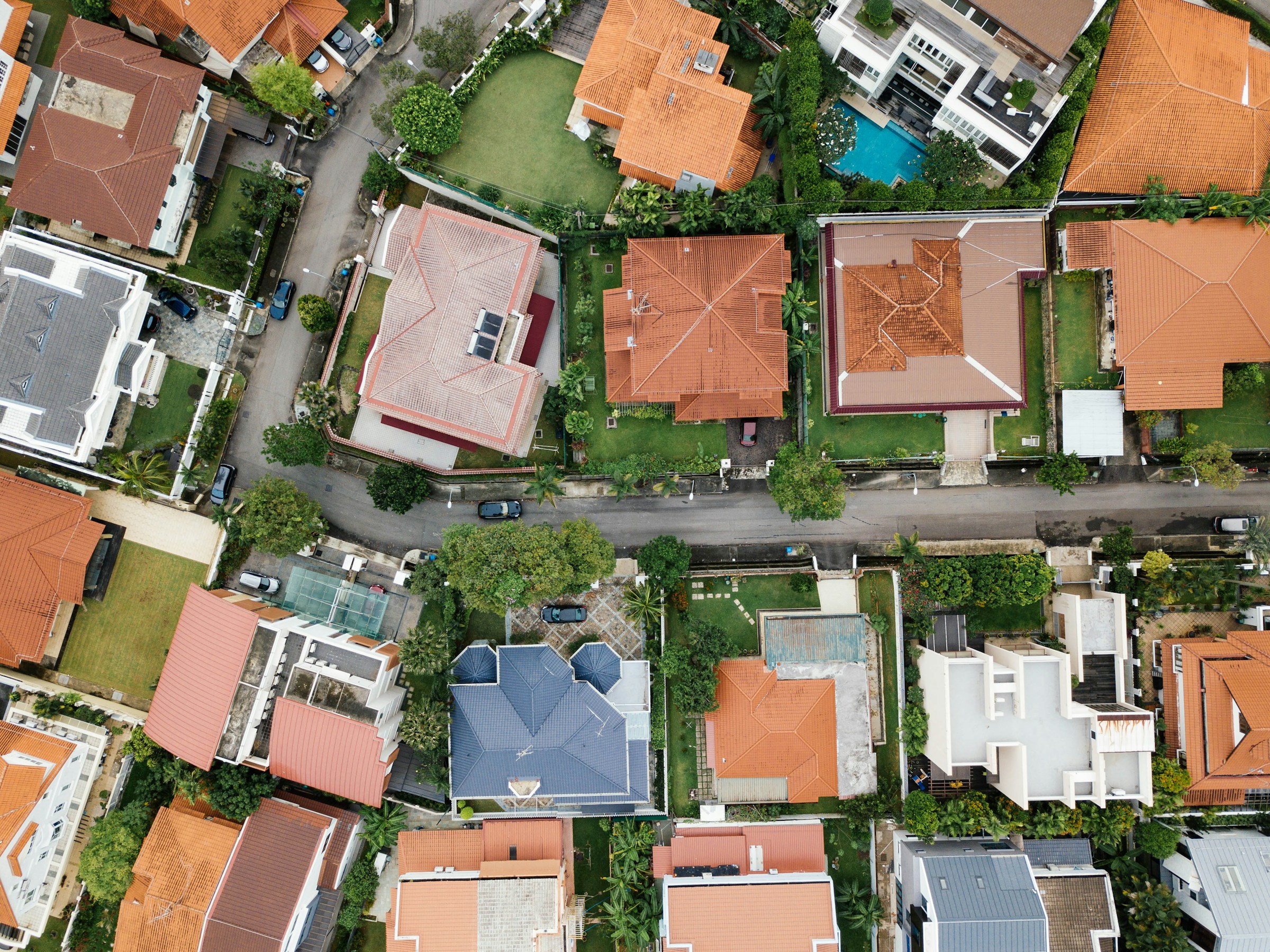What Are the Best Practices for Developing Age-Friendly Housing in the UK?

Anyone interested in the housing needs of an ageing population shouldn’t overlook the importance of age-friendly design. As the UK’s demographic shift continues, it is paramount to ensure that housing provision meets the needs of older adults. This article will guide you through the best practices for developing age-friendly housing, drawing on scholarly articles and resources from databases such as CrossRef, PubMed, and Google Scholar.
Understanding the needs of older people
As the first step towards developing age-friendly housing, understanding the needs of older people is crucial. Older adults are not a homogenous group. They have diverse needs that can change significantly with age. It’s essential to consider these variances when planning and designing housing for older people.
This might interest you : Is There a Future for Virtual Staging in UK’s Residential Real Estate Market?
Various scholarly articles and research studies are available on PubMed, CrossRef, and Google Scholar. These resources provide valuable insights into the health, lifestyle, and housing needs of older adults. A study published in the Public Health Journal, for example, reveals that older adults prefer to live independently for as long as possible. Housing design should, therefore, prioritize features that support their health and wellbeing and allow for independent living.
Consider the physical health aspects, such as mobility and accessibility issues. Stairs can be challenging for some, while others may require wheelchair access. Think about visual impairments, too. Contrast colours can help distinguish different areas, while effective lighting can prevent falls.
Also read : What Are the Challenges in Converting Commercial Properties to Residential Use in London?
Engaging with the community
Engaging with the older community can provide practical insights and ideas for designing age-friendly housing. Not only will this ensure that the housing meets their needs, but it also fosters a sense of ownership and belonging among the older adults.
Involve them in the planning process, ask for their ideas and feedback, and consider their recommendations. Remember: they are the primary users of these houses. Their experience and wisdom can guide you to design homes that are truly friendly for older adults.
Authors of an article published on CrossRef argued that active involvement of older adults in the design process can significantly enhance the suitability and acceptance of age-friendly housing. They suggested workshops, focus groups, and surveys as methods to involve older adults in the design process, adding that such engagement can also foster a stronger sense of community.
Adopting age-friendly design principles
The design of age-friendly housing should adhere to principles that accommodate the unique needs of older people. These principles are centered around accessibility, safety, comfort, and convenience.
Homes should be accessible, both inside and out. This means having at least one step-free entrance, wide doorways and passages, and user-friendly fixtures and fittings. Safety is another critical factor, with features such as non-slip surfaces, handrails, and good lighting. Comfort and convenience can be achieved through thoughtful design, such as easy-to-use kitchen appliances, adequate storage, and comfortable living spaces.
Consider the outdoor environment, too. A well-tended, safe, and accessible outdoor space can enhance the quality of life for older people, providing opportunities for gardening, exercise, and social interactions.
Implementing a public health perspective
To create truly age-friendly housing, it’s crucial to consider a public health perspective. This approach acknowledges that housing is a significant determinant of health, particularly for older people.
With ageing, people spend more time at home. Therefore, the housing environment has a significant impact on their physical and mental health. Age-friendly housing should promote active ageing – supporting people to stay active and engaged with their community.
Including space for physical activity, ensuring good indoor air quality, and allowing for natural light are ways to promote health through housing design. Additionally, housing should be located close to amenities such as shops, public transport, and health services, to support the independence and social participation of older adults.
Ensuring affordability and availability
Lastly, it’s not enough to design age-friendly housing. It’s equally important to ensure that such housing is affordable and available to all older adults.
Housing affordability is a significant concern for many older people, especially those on fixed incomes. Therefore, strategies to keep costs down, such as energy-efficient designs and cost-effective construction methods, should be employed.
Availability is another challenge. The UK has a shortage of age-friendly housing, and this needs to be addressed. Involving older people in the planning process, adopting age-friendly design principles, implementing a public health perspective, and ensuring affordability are all steps that can help meet this challenge head-on. By doing so, we can make a substantial difference to the lives of older adults and contribute to healthier, happier communities.
Promoting Age-Friendly Cities and Communities
Creating age-friendly housing goes beyond the home and extends to the wider built environment. The World Health Organization (WHO) and the United Nations (UN) underline the importance of age-friendly cities and communities. Such communities are designed to help older people age in place and enhance their quality of life.
A city or community can be considered ‘age-friendly’ when it is designed to enable older people to live in a secure, affordable, and comfortable setting. It should promote health, participation, and security, enabling older people to continue their contribution to society.
The WHO’s Global Network for Age-Friendly Cities and Communities provides a useful framework for developing age-friendly housing. Key features include outdoor spaces that are clean, secure, and accessible, with plenty of green areas and walkways. Public transportation should be available, reliable, and accessible, with stop locations near to housing and other amenities.
Housing itself should be close to local services and amenities, allowing older adults to easily access shops, health services, and community centres on foot or by public transport. This promotes social inclusion and allows for active participation in community life, which is vital for maintaining physical and mental health.
The community aspect is just as important. The presence of a friendly community can greatly enhance the quality of life for older adults. This can be achieved by promoting intergenerational interaction, volunteering opportunities, and social activities that cater to various interests.
A case study published on Google Scholar highlighted the importance of ‘neighbourliness’ in age-friendly communities. It noted how such a community atmosphere can help reduce isolation and loneliness among older adults while promoting a sense of belonging and security.
Conclusion: The journey towards Age-Friendly Housing
The development of age-friendly housing is a complex process, requiring a multi-faceted approach. It is not merely about creating a physical environment that supports the needs of older adults. It is also about fostering a community that values and includes them. It is about enabling older people to continue leading active, healthy lives within their familiar environment.
To truly succeed in this endeavour, we need to see a shift in our societal mindset. We need to recognize and appreciate the valuable contributions older adults make to our communities. We need to move from viewing ageing as a challenge to embracing it as an opportunity – an opportunity to create more inclusive, supportive, and age-friendly communities.
Developing age-friendly housing requires efforts from various stakeholders – policymakers, urban planners, architects, health professionals, community organizers, and of course, older adults themselves. Through collaborative efforts, we can create an environment that supports older people in maintaining their independence, health, and wellbeing.
The journey towards age-friendly housing is not a short one. But it’s a journey worth embarking on. The rewards – healthier, happier older adults, more inclusive communities, and a society where each member, regardless of age, feels valued and included – are well worth the effort. As we continue this journey, let’s remember to keep our focus on the real end goal: improving the quality of life for all members of our society.
